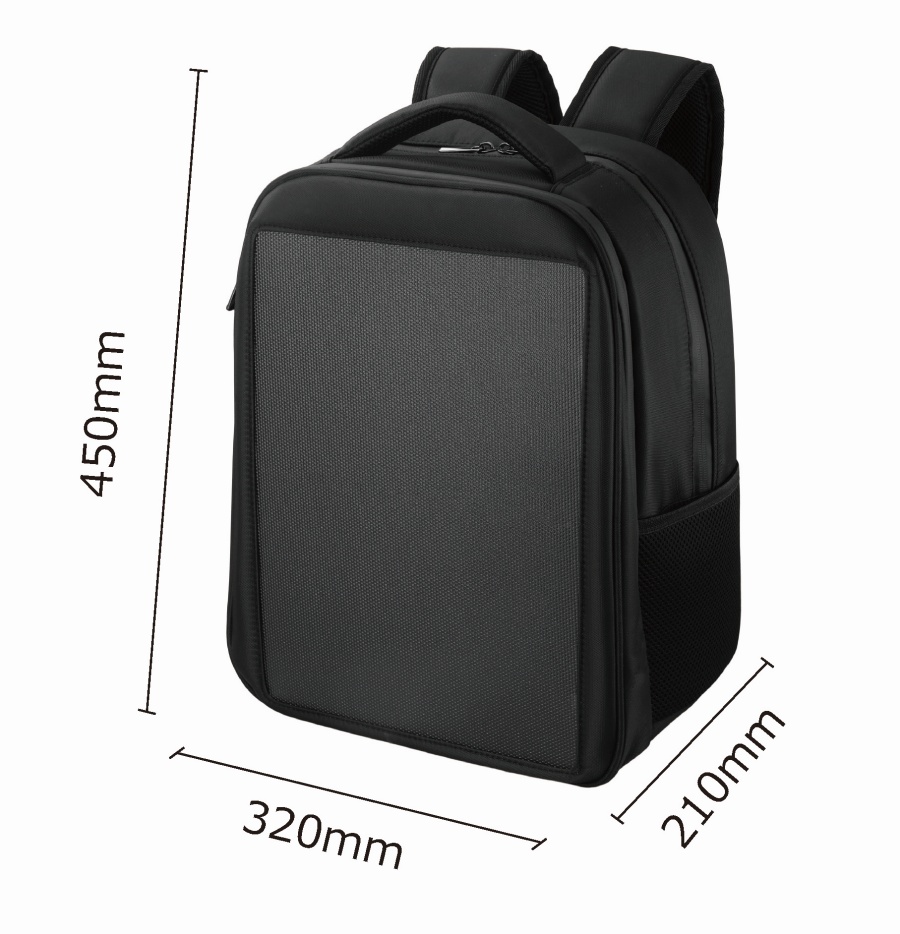Sale High Quality 120W Folding Solar Blanket Wholesaler
The 120W Folding Solar Blanket, a versatile and portable solar charging solution, has garnered significant attention for its potential to power various electronic devices off the grid. However, the effectiveness of this technology in less-than-ideal conditions, such as overcast days or areas with limited sunlight, is a common concern among its prospective users. This article aims to explore the capabilities of the 120W Folding Solar Blanket in such suboptimal lighting scenarios, providing insights into its performance and reliability.
Solar panels, including those found in the 120W Folding Solar Blanket, rely on photons from sunlight to generate electricity. The efficiency of this process is directly related to the intensity and quality of the light that reaches the solar cells. On bright, sunny days, the 120W Folding Solar Blanket can deliver its improved output, harnessing the full spectrum of sunlight to charge devices efficiently. However, the performance of the 120W Folding Solar Blanket in cloudy or low-light conditions is where its true resilience is tested.
One of the key factors that influence the 120W Folding Solar Blanket's performance in less favorable conditions is the quality of its solar cells. High-efficiency solar cells can capture and convert a larger portion of the available light into electricity, even when the light is not as intense. The 120W Folding Solar Blanket, equipped with advanced photovoltaic cells, is designed to improve energy generation under a wide range of lighting conditions.
Another aspect to consider is the angle and orientation of the 120W Folding Solar Blanket relative to the light source. On cloudy days, the diffused light is scattered in multiple directions, and positioning the solar blanket to face the bright
part of the sky can improve its energy capture. Users are encouraged to adjust the orientation of the 120W Folding Solar Blanket to optimize its exposure to available light.
The 120W Folding Solar Blanket's performance in low-light conditions is also affected by its physical design. The folding mechanism allows for increased surface area when fully extended, which can help in capturing more light. Additionally, the durable and weather-resistant materials used in its construction ensure that the solar blanket can withstand various environmental conditions without compromising its efficiency.
It is important to note that while the 120W Folding Solar Blanket can still generate electricity in overcast conditions, its output will be reduced compared to sunny days. The extent of this reduction depends on the density of the clouds and the duration of the overcast period. Users should manage their expectations and be prepared for a slower charging rate in such conditions.
Moreover, the 120W Folding Solar Blanket's performance can be further enhanced by incorporating energy-saving practices. For instance, using devices in power-saving mode or reducing the number of devices being charged simultaneously can help conserve the energy generated by the solar blanket.
In conclusion, the 120W Folding Solar Blanket demonstrates a commendable level of performance even in suboptimal lighting conditions. Its high-quality solar cells, adjustable design, and durable construction contribute to its ability to generate electricity when direct sunlight is limited. While the charging efficiency may be lower in cloudy or low-light situations, the 120W Folding Solar Blanket remains a reliable and sustainable energy source for those seeking a portable solar charging solution. By understanding its capabilities and limitations, users can make informed decisions about incorporating the 120W Folding Solar Blanket into their outdoor adventures or emergency preparedness plans.



 English
English 中文简体
中文简体 Français
Français Español
Español Deutsch
Deutsch
















